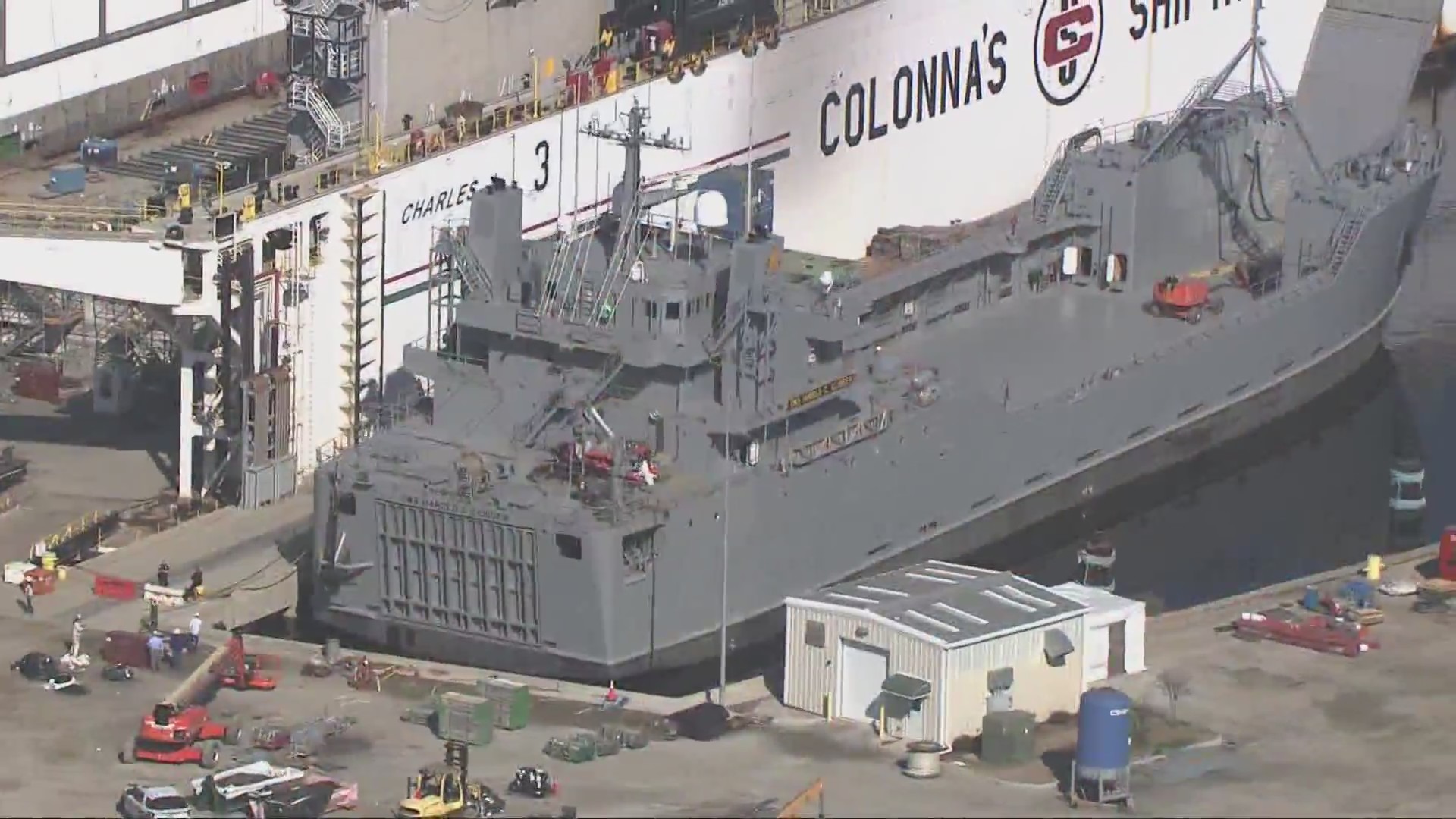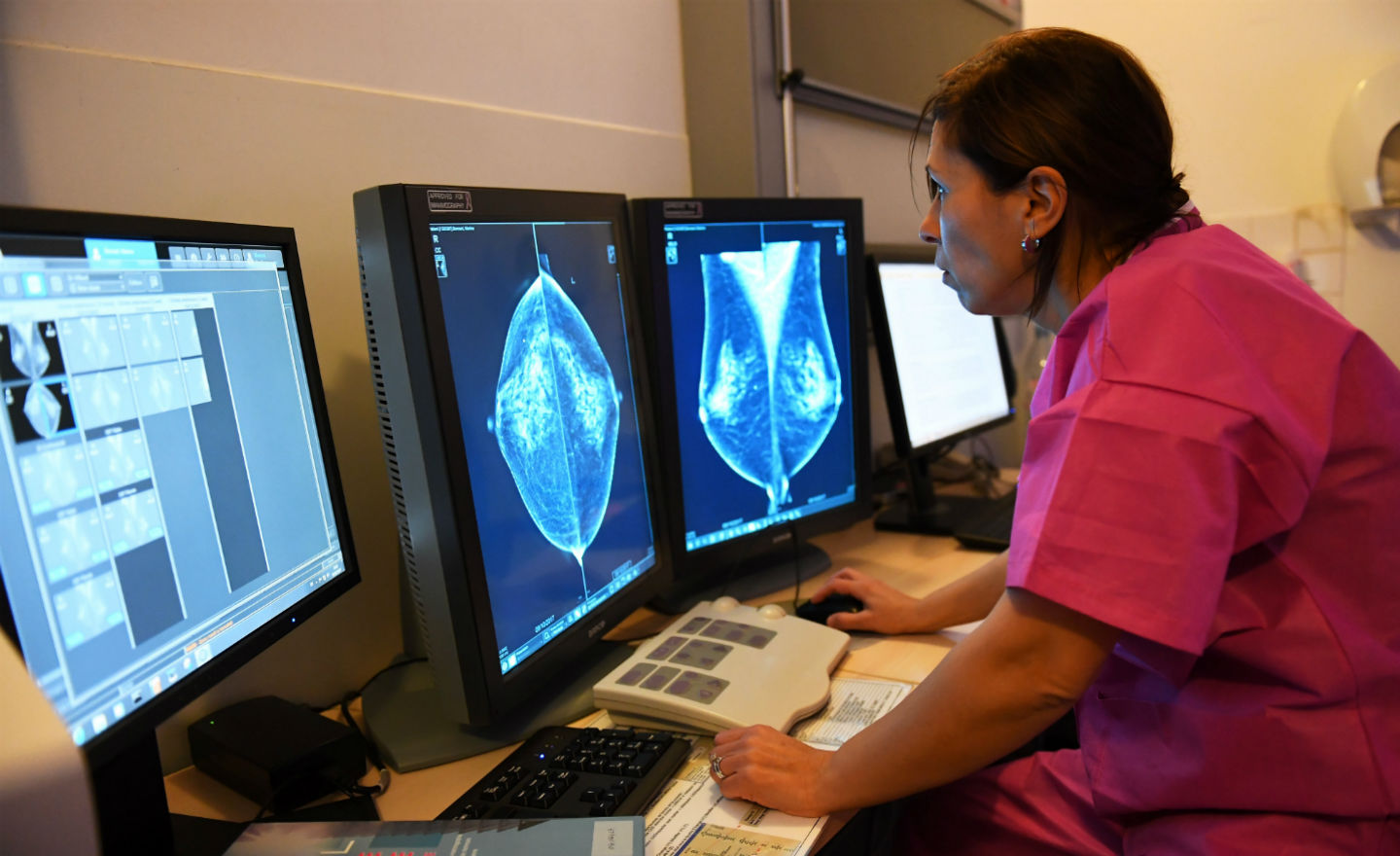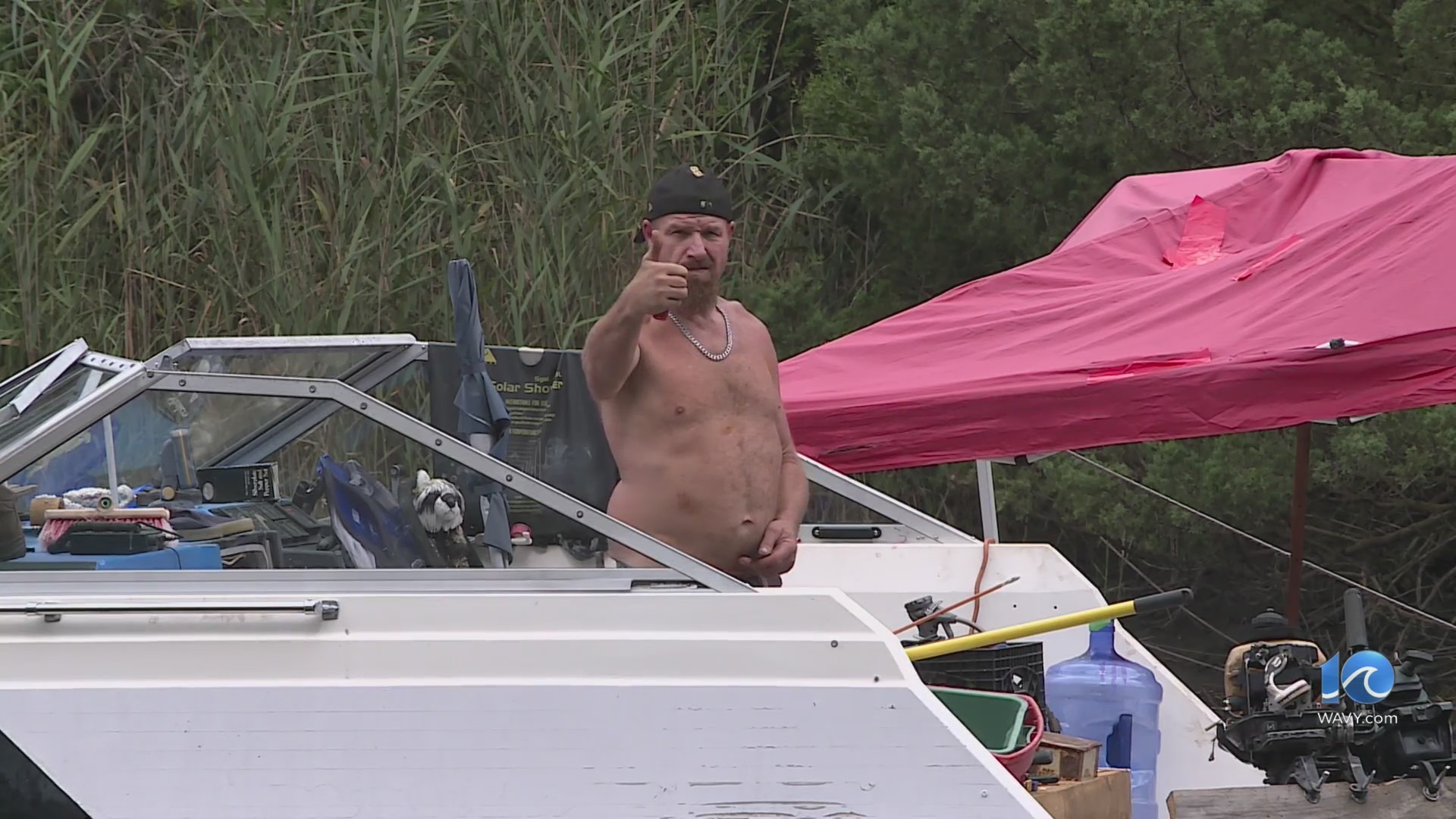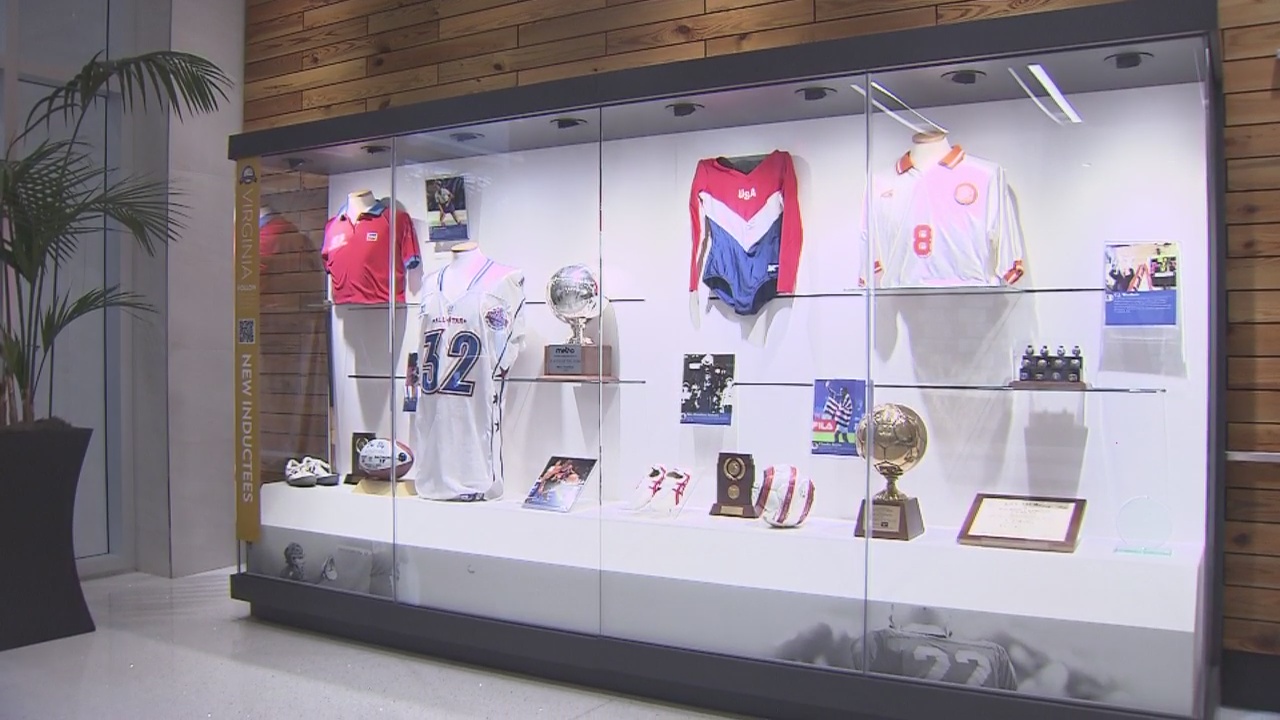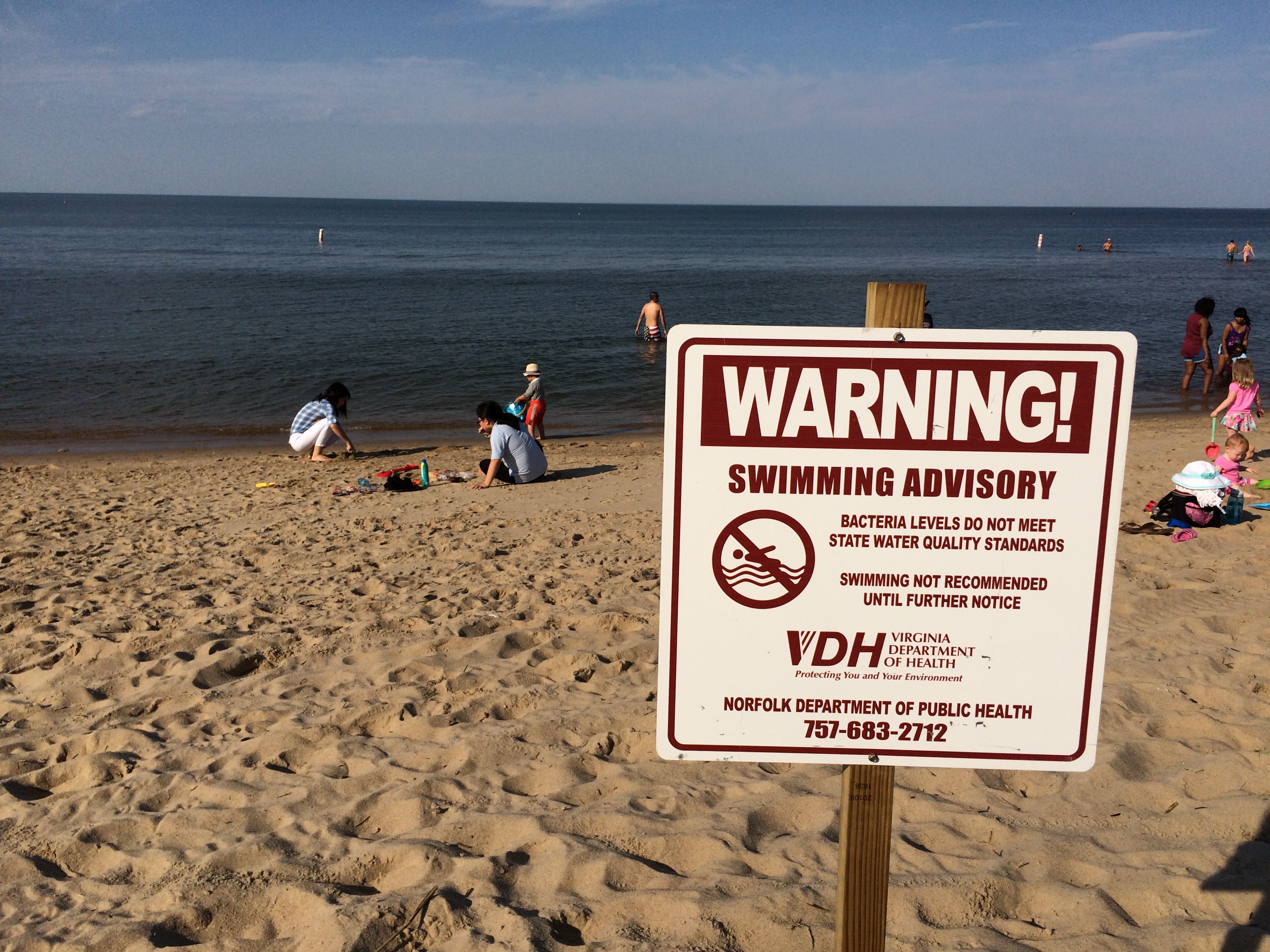PORTSMOUTH, Va. (WAVY) — Bay scallops along Virginia’s Eastern Shore are no longer extinct thanks to a decades-long seagrass restoration project, known to be one of the largest and most successful in the world.
The recent annual population survey shows the density of bay scallops in southern coastal bays has climbed by nearly 0.07 scallops per square meter. But when did the decline of the popular saltwater native actually begin?
Dr. Richard Snyder, Virginia Institute of Marine Science Eastern Shore Laboratory Director and Marine Science Professor, said wild bay scallops disappeared from Virginia in 1932, also marking the last commercial harvest for the scallops in the Commonwealth. The extinction of the population was attributed to a chronic wasting disease that wiped out their critical seagrass habitat.
What remained of the seagrass was later destroyed by a hurricane in 1933, also leaving bay scallops entirely swept away until roughly 75 years later. But all that’s changed with the help of the restorative efforts.
“We’re now about 10,000 acres,” Snyder said. “When that project reached about 6,000 acres, Mark Luckenbach, who was the previous director here, went to North Carolina and brought up some bay scallops. We have been raising and releasing bay scallops from our research hatchery ever since.”
According to Snyder, the bay scallops have been introduced using two different methods.
“One way is that we bring the adult scallops into a hatchery, spawn them, raise the larvae, grow them to about five millimeters, and then we can either release them at that stage,” he said, “[or] the other way is, you put adult scallops in cages and you distribute those cages around the grass beds.”
Researchers have seen exponential growth in the bay scallop population over the past five years, but many question if it’s big enough to sustain a harvest. The long-term goal is to bring grass and bay scallops back into all of the coastal bays.
“So in the ideal world, we would get enough scallops and enough grass back out there to reopen harvest for bay scallops, a recreational harvest and maybe even a commercial harvest,” Snyder said. “But on the commercial side, in addition to doing this wild stock restoration, wild population restoration, we’re working on aquaculture for bay scallops.”
The restoration project has received funding from the National Oceanic and Atmospheric Association to continue moving it forward.












































































